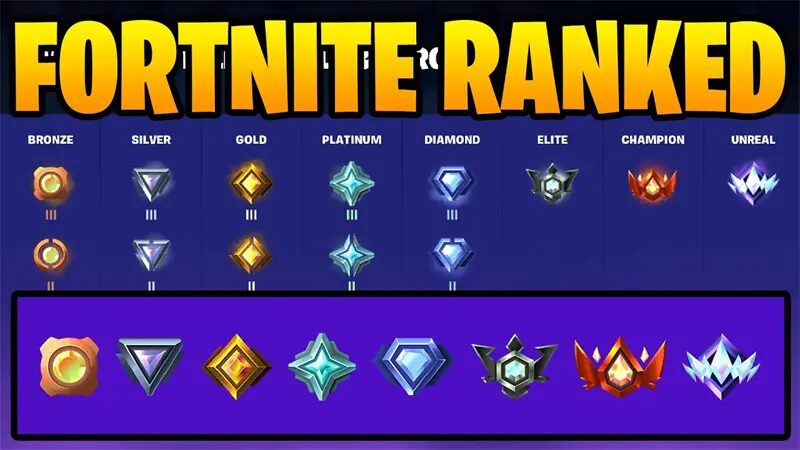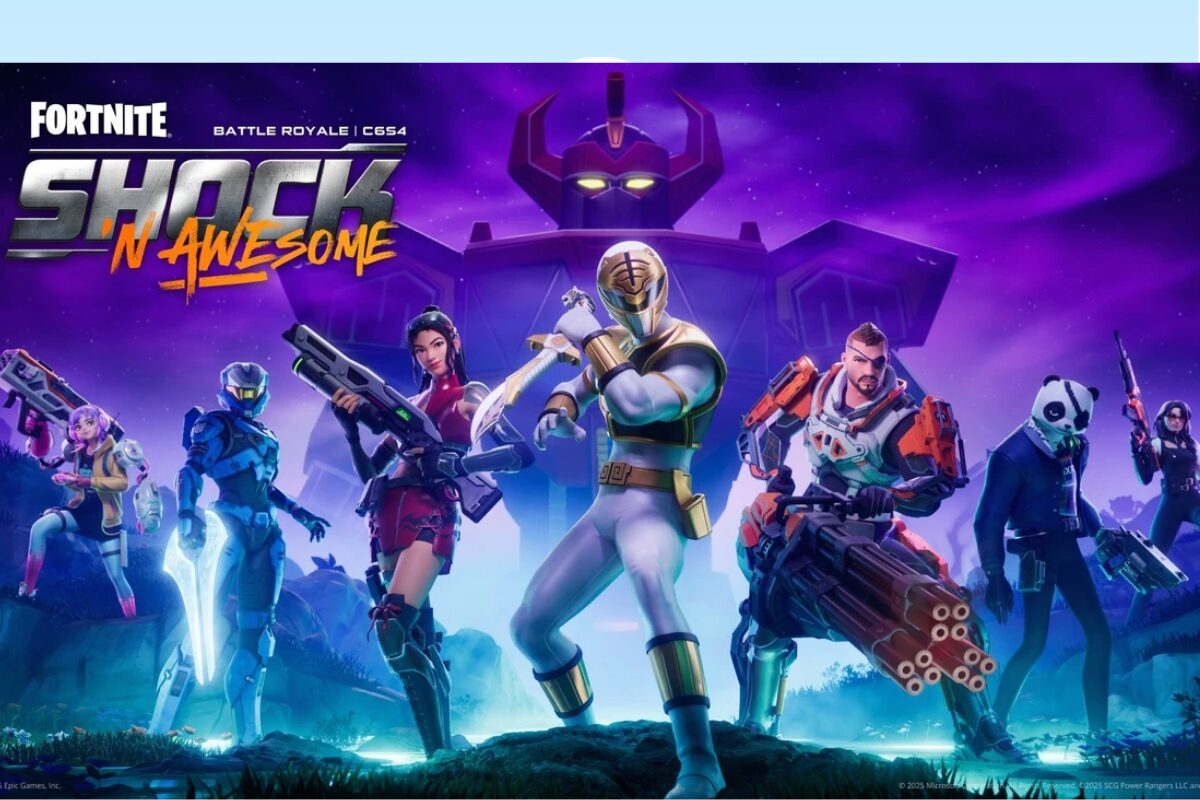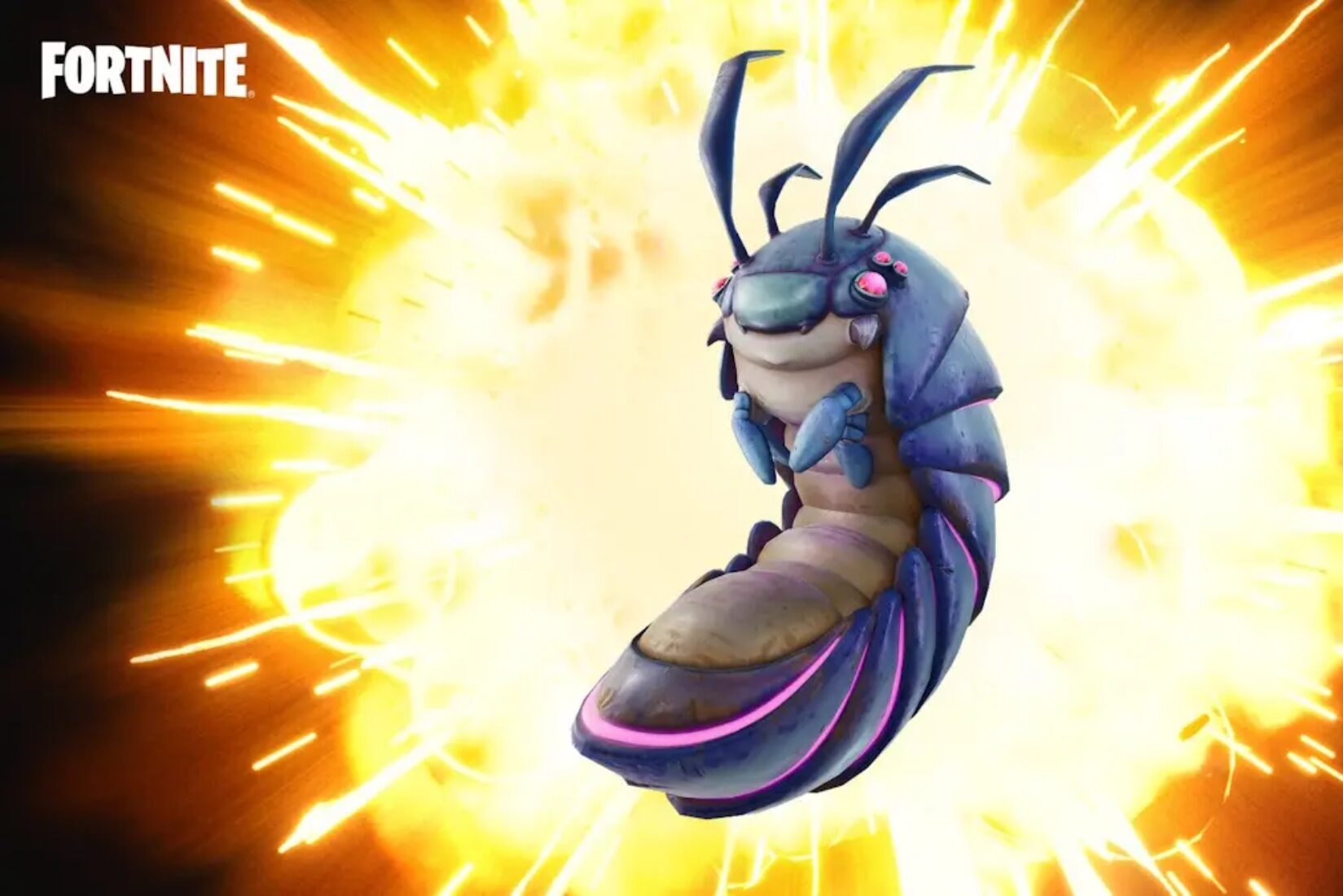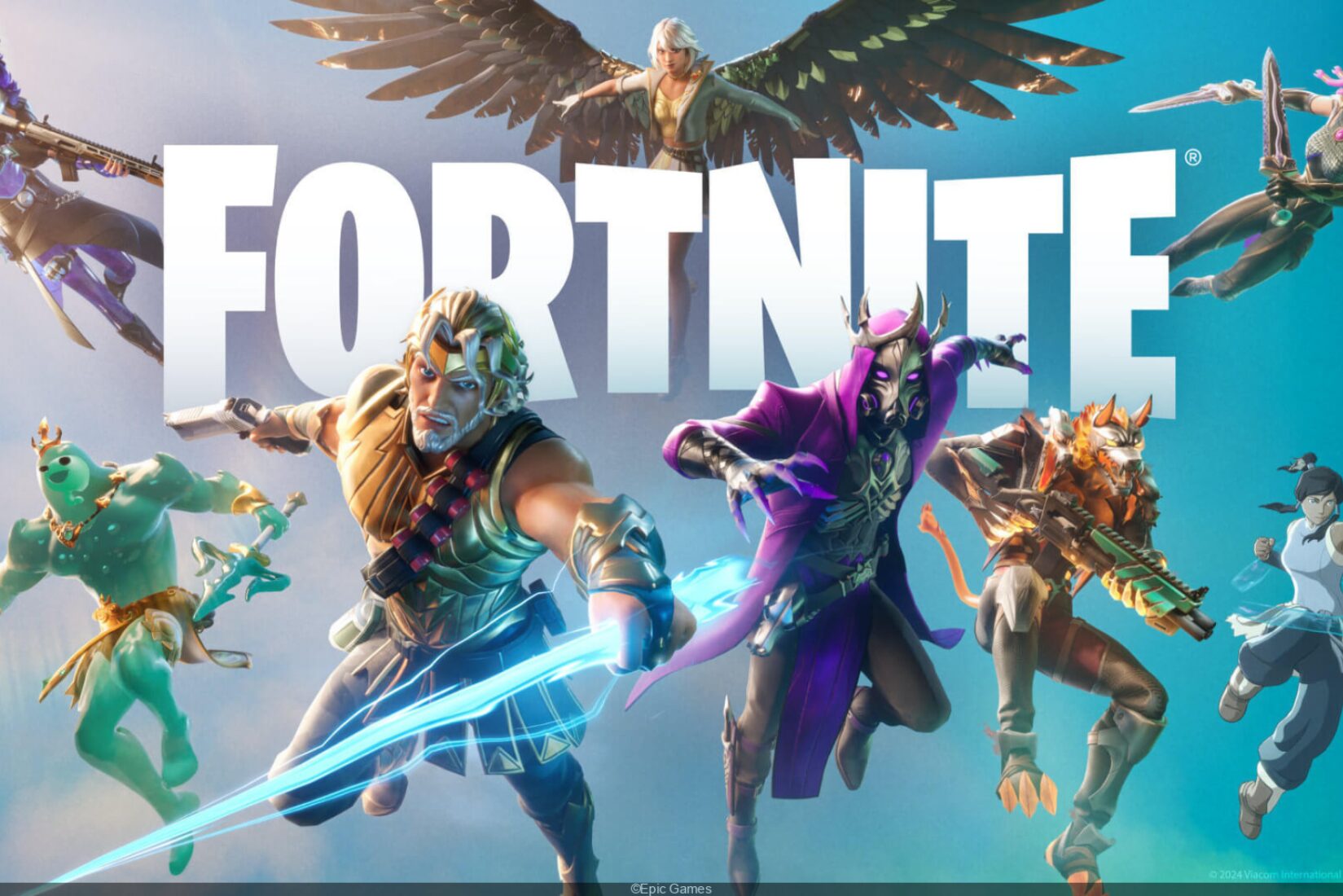Fortnite NPCs – Fortnite Chapter 6 Season 4, known for its “Shock ’N’ Awesome” theme, isn’t just about flashy weapons or evolving terrain—it’s about how NPCs have become part of Fortnite’s living story. Each season, Epic Games redefines the way players interact with the world, but this time, NPCs are more than side characters; they’re anchors of the game’s progression.
Across the island, from O.X.R. HQ to Utopia City, NPCs are no longer just vendors or healers. They reflect the current state of Fortnite’s narrative world. Players don’t just buy items from them—they rely on them for strategy, survival, and even personality. Characters like Agent Patch or Lt. Ripp Slade help the map feel alive, while Fortnitemares guests such as Scooby-Doo and Shaggy inject humor and nostalgia into the chaos.
This shift represents Fortnite’s long-term evolution—turning its sandbox into a social playground where narrative meets gameplay.
Why NPCs Now Feel Essential, Not Optional – Fortnite NPCs

What once felt like a simple gimmick—buying items or patching up health—has evolved into one of Fortnite’s most reliable mechanics. NPCs serve as both strategic assets and emotional anchors in an ever-changing battle royale.
Here’s how different roles now affect player decisions:
| NPC Role | Main Function | Example Characters |
|---|---|---|
| Patch Up | Heal or restore shields | Agent Patch, Daigo |
| Rift Service | Teleport to a new location | Daphne, Shaggy |
| Hireable Specialists | Provide combat support | Phantom Meowscles, Peely Bone |
| Event NPCs | Offer limited-time quests and XP | Scooby-Doo, Spooky Team Leader |
Players often debate whether to hire a Specialist early or save gold for Rifts later, adding a layer of economic management to gameplay. Even casual matches feel more strategic because NPCs can turn a losing fight into a tactical win. Transitioning between their services seamlessly—heal, teleport, fight—gives Fortnite a rhythm that keeps matches unpredictable yet rewarding.
The Fortnitemares Influence – Fortnite NPCs
Fortnitemares has always been Fortnite’s creative playground, but this season’s version elevates it through cultural crossovers. Scooby-Doo, Shaggy, Daphne, Fred, and Velma don’t just appear for nostalgia—they’re woven into the seasonal theme with unique services and spooky flair.
During the event, players can expect:
- Special Rift effects featuring eerie animations.
- XP-boosting quests tied to haunted zones.
- Themed hireable specialists like Spooky Team Leader for Medic support.
These characters embody the fun side of Fortnite, balancing fear and comedy while providing real in-game utility. More importantly, they prove Epic’s ongoing experiment—how to merge pop culture and gameplay without losing its core competitive energy. The success of Fortnitemares NPCs shows that Fortnite isn’t just a shooter; it’s a stage for creativity.
Strategy and Progression

Beyond the surface, NPC interactions are now shaped by the O.X.R. Military Rank system. This system ties player progress directly to what NPCs offer, ensuring that commitment to daily challenges actually translates to new opportunities in the field.
Players who climb ranks gain access to:
- Discounted hireable services.
- Advanced Specialists like Scout or Heavy.
- Exclusive dialogue or Rift variations.
The result is a structure that rewards exploration and consistency. By turning interactions into milestones, Fortnite keeps players coming back—not because they have to, but because every encounter feels meaningful. The game subtly teaches progression through curiosity, blending old-school RPG mechanics with fast-paced battle royale tension.
Epic’s Design Philosophy – Fortnite NPCs

The rise of NPCs in Chapter 6 Season 4 speaks to Epic’s broader design philosophy—Fortnite is no longer just a competition; it’s a world in motion. NPCs give shape to that motion, reacting to events, shifting locations, and sometimes vanishing as seasons evolve.
This dynamic keeps Fortnite distinct from other live-service titles. Where most games rely on static vendors, Fortnite’s characters move, change dialogue, and evolve with each event. It’s an approach closer to an MMO than a shooter, one that allows narrative and meta to intertwine.
Players have started to notice this shift too. On social platforms, community discussions often center around which NPCs offer the best combos—for example, hiring a Scout Specialist before taking a Rift can give early visibility in a rotation-heavy zone. These micro-strategies show how Fortnite’s systems encourage experimentation while deepening connection to its cast.
Conclusion: NPCs as the Soul of Fortnite’s Evolution
Fortnite Chapter 6 Season 4 proves that the game’s longevity lies in its living, breathing world—and NPCs are the lungs that keep it moving. Their presence connects storylines, fuels strategies, and bridges the gap between narrative and competition.
As Fortnitemares continues and more characters rotate in, one thing is clear: Fortnite’s identity isn’t defined solely by its weapons or builds—it’s about interaction, adaptation, and community. In this era, every conversation with an NPC feels like a small piece of Epic’s grand design, one that keeps players talking, returning, and discovering.
In short, Fortnite NPCs are no longer just part of the game—they are the game.





